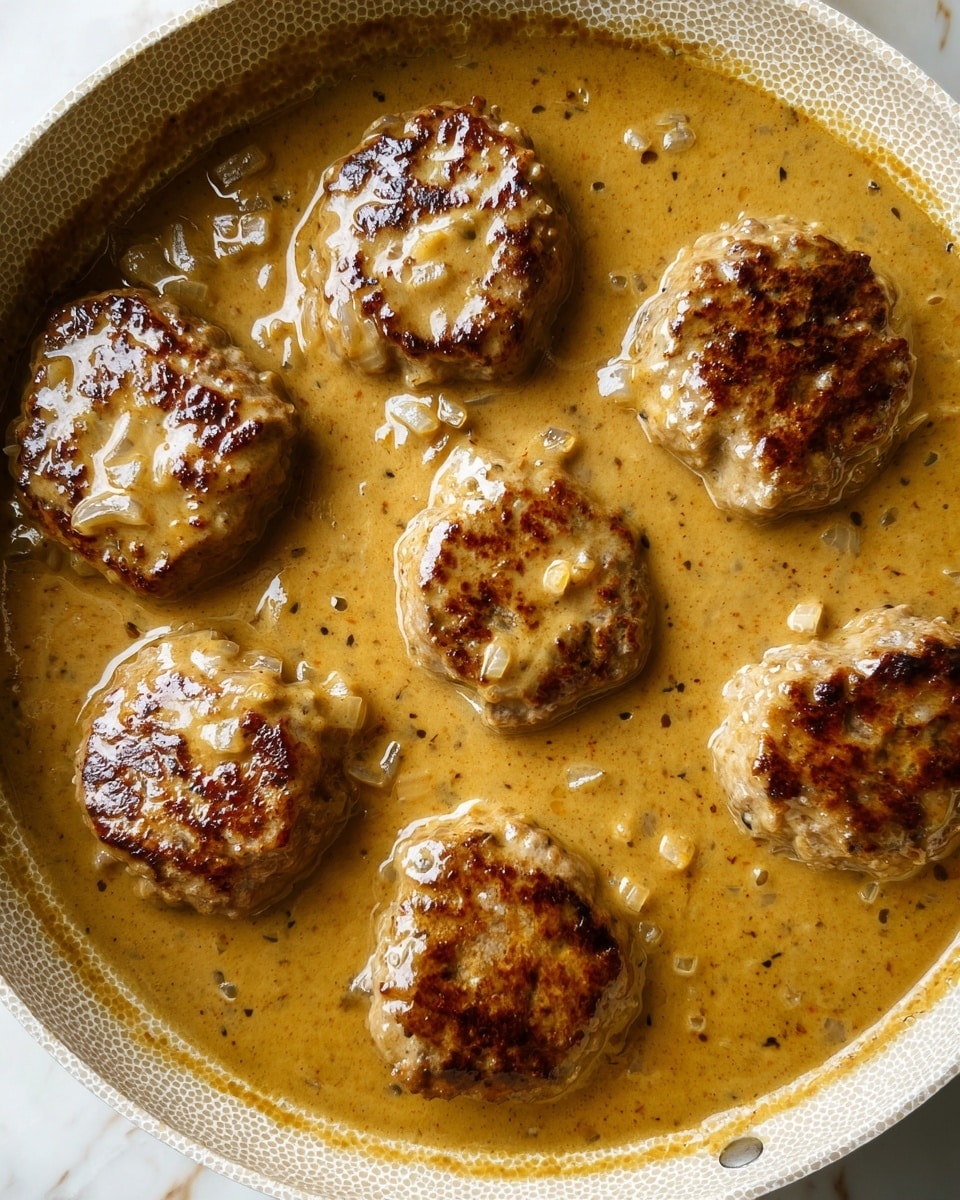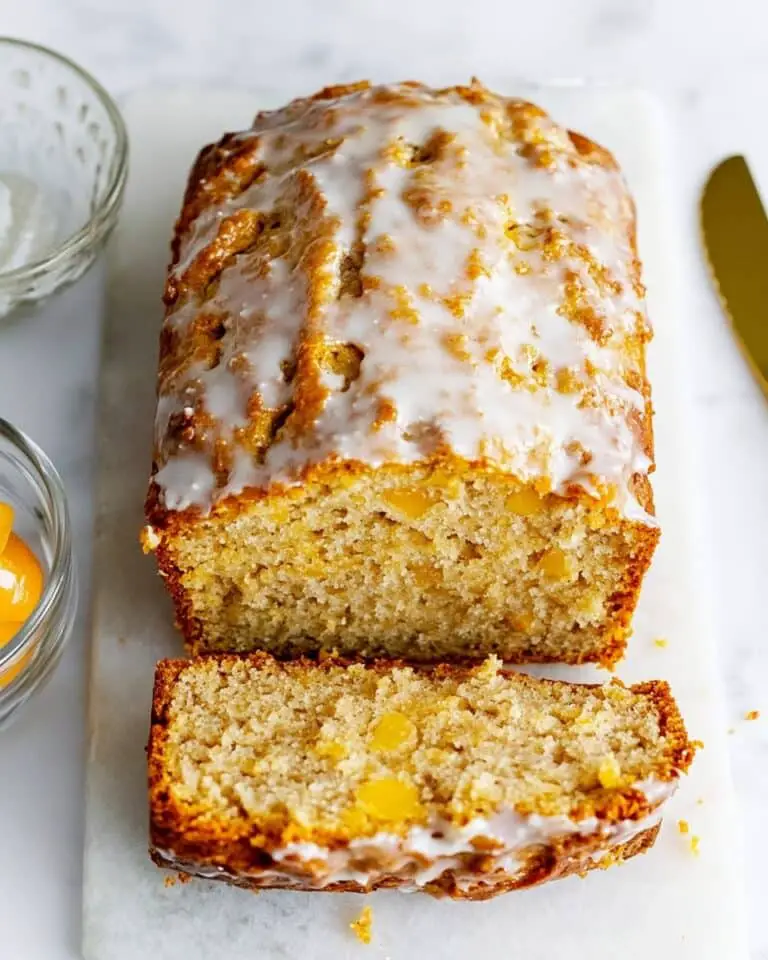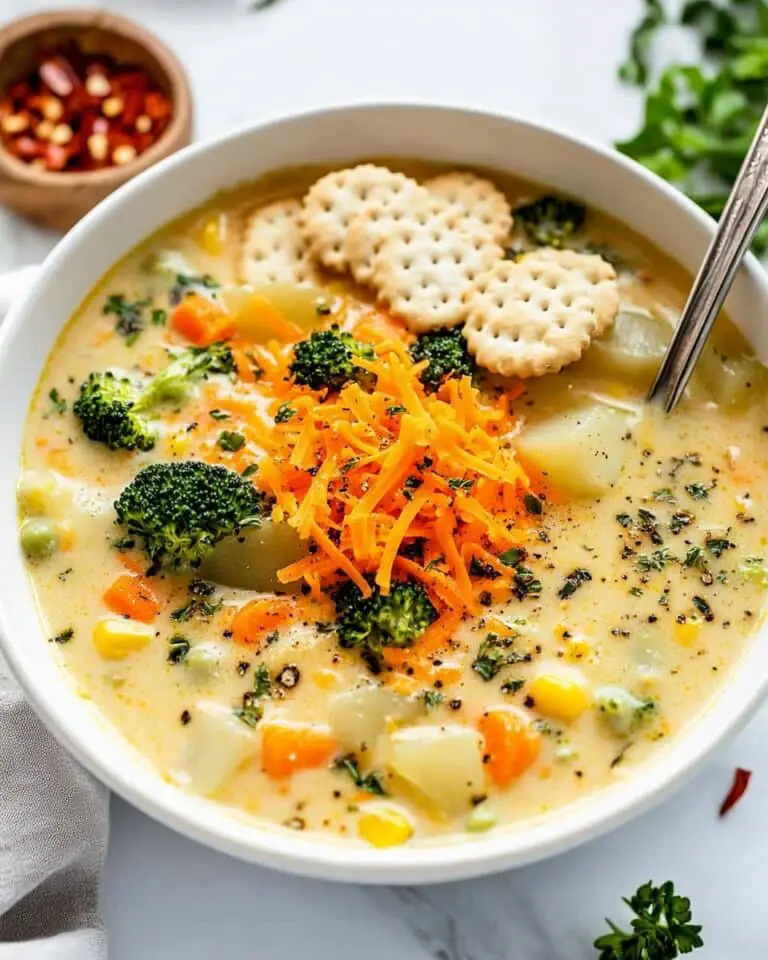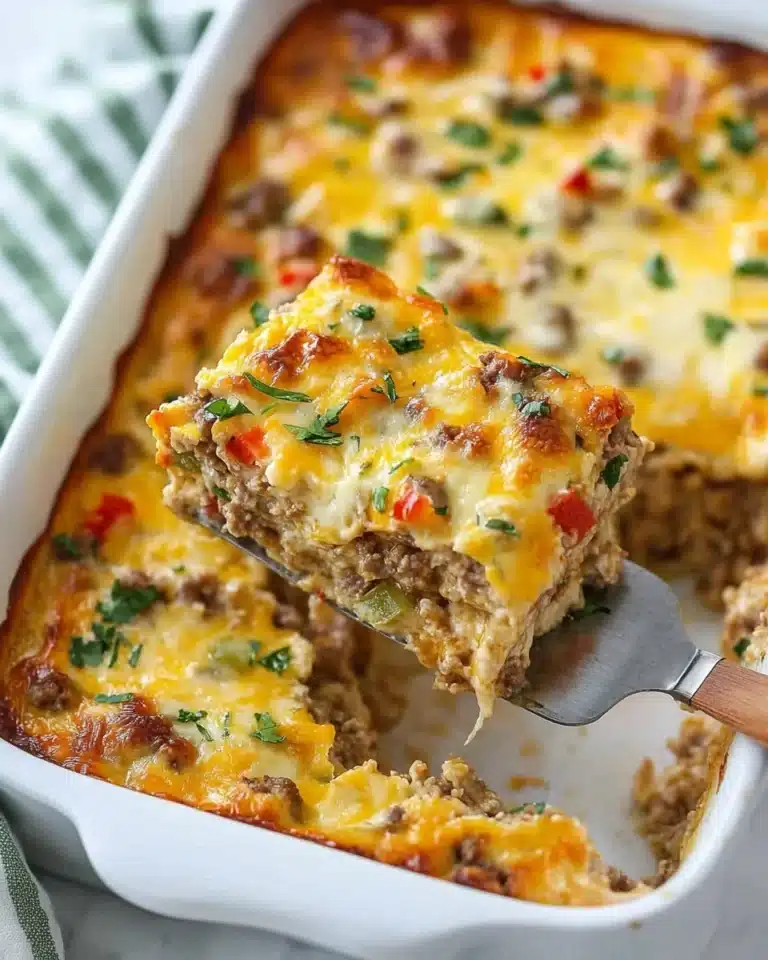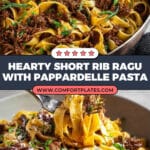I absolutely love this Short Rib Ragu with Pasta Recipe because it transforms simple ingredients into something soul-satisfying and luxurious. The slow-cooked short ribs break down into tender, melt-in-your-mouth meat that soaks up all the rich tomato and wine flavors. It’s perfect for a cozy night in or when you want to impress friends without spending all day in the kitchen.
When I first tried this recipe, I was amazed at how the house filled with incredible aromas that made everyone gather around impatiently. You’ll find that this Short Rib Ragu with Pasta Recipe becomes even better the next day, making it a great option for meal prep or entertaining. The combination of hearty pasta like pappardelle with the lush ragu is just unbeatable.
Why You’ll Love This Recipe
- Incredible Depth of Flavor: Slow-simmered short ribs create a rich, savory sauce that bursts with umami.
- Comfort Food at Its Best: This ragu hugs you with warmth, perfect for cooler evenings or special family dinners.
- Versatile Serving Options: Goes beautifully with various pastas, polenta, or even as a hearty topping for veggies.
- Make-Ahead Friendly: The flavors deepen overnight, so you can prepare in advance and enjoy stress-free meals.
Ingredients You’ll Need
Each ingredient in this Short Rib Ragu with Pasta Recipe plays a part in building the rich, layered flavors. Choosing quality short ribs and fresh veggies really makes a difference, and I’ll share a few tips on what to look for when you go shopping.
- Beef short ribs: I prefer deboned and cut into cubes for easy shredding, but bone-in adds extra flavor if you have the time.
- Light olive oil: You can swap this for avocado or vegetable oil to get a neutral base for searing without burning.
- White onion: Finely diced for a subtle sweetness that melts right into the sauce.
- Celery: Adds essential savory, aromatic depth and fresh balance.
- Carrot: Provides a gentle sweetness that counteracts acidity.
- Garlic cloves: The more fresh garlic you use, the heartier your ragu will taste.
- Tomato paste: This is your flavor booster, caramelizing beautifully to deepen the sauce.
- Red wine: Choose a dry red like Cabernet or Merlot—this adds complexity and richness.
- Broth: Beef broth is ideal, but chicken broth works fine if you prefer a lighter flavor.
- Crushed tomatoes: Look for good-quality, preferably no-salt-added canned tomatoes.
- Herb bundle: Rosemary, thyme, and parsley stems tied together — these infuse your sauce with lovely herbal notes.
- Bay leaves: Essential for that earthy undertone.
- Sherry or red wine vinegar: A splash brightens and balances the richness perfectly.
- Kosher salt and freshly cracked black pepper: Always season to taste — I’ll remind you to do this at key points!
- Pasta: I like tagliatelle or pappardelle to hold all that meaty goodness.
- Chopped parsley and Parmigiano Reggiano: The finishing touch that adds freshness and savory, cheesy flair.
Variations
I love encouraging you to make this Short Rib Ragu with Pasta Recipe your own because it’s pretty forgiving and lends itself well to tweaks. Over time, I’ve discovered a few fun spins that keep it interesting and cater to different tastes.
- Using bone-in short ribs: The bones give the ragu an even richer flavor, but just be sure to remove the bones carefully before serving.
- Beef stew meat swap: If you want to save a bit, good-quality stewing beef works well too, though the texture won’t be quite as silky.
- Vegan adaptation: Swap short ribs for mushrooms and lentils, and use vegetable broth — it’ll be a different experience but still hearty and delicious.
- Spice it up: Add crushed red pepper or a pinch of smoked paprika for a warming kick that wakes up the sauce.
How to Make Short Rib Ragu with Pasta Recipe
Step 1: Sear the Short Ribs to Lock in Flavor
Start by seasoning your short ribs generously with kosher salt — this is your first step to rich flavor. Heat your braiser or Dutch oven over medium-high, then add the oil and sear the ribs in batches. Don’t overcrowd the pot, or they’ll steam instead of getting that perfect caramelized crust. You’ll want a deep brown color all around, about 3-4 minutes per side. Once seared, set the ribs aside and drain excess fat, leaving about two tablespoons behind for the veggies.
Step 2: Build Your Flavor Base
In the same pot, toss in your onion, celery, carrot, and garlic. Sauté until the onions soften and everything is fragrant, around 3-4 minutes. Then stir in tomato paste along with salt and freshly cracked pepper, allowing it to cook down for a couple of minutes until you get that slightly jammy, rich aroma. This step is where the foundation for your ragu’s deep flavor really forms.
Step 3: Deglaze and Simmer
Pour in the red wine to deglaze the pot, scraping up all those delicious browned bits from the bottom — these bits are gold for flavor. Return your short ribs to the pot, then add broth, crushed tomatoes, the herb bundle, and bay leaves. Bring everything to a gentle simmer, cover loosely with the lid slightly ajar, and let it cook low and slow for 2 to 2 ½ hours. Make sure to check occasionally to add more liquid if it gets too dry. You’ll know the ribs are ready when the meat shreds easily with a fork.
Step 4: Shred the Meat and Finish the Sauce
Remove the herb bundle and bay leaves, then shred the tender short rib meat directly in the pot with two forks or tongs. If you used bone-in ribs, take out the bones first. Don’t forget to taste and adjust seasoning here — a splash of sherry vinegar really brightens the sauce and balances all that richness. If you want a thicker sauce, simmer uncovered a little longer until it reaches your preferred consistency.
Step 5: Cook Pasta and Serve
While your ragu finishes, cook your pasta according to package directions until al dente. Drain and toss with the ragu so it absorbs that luscious sauce. Plate it up with a generous sprinkle of chopped parsley and freshly grated Parmigiano Reggiano. Trust me, these garnishes make all the difference for fresh flavor and a pop of color.
Pro Tips for Making Short Rib Ragu with Pasta Recipe
- Don’t Skip Searing: That caramelized crust locks in flavor and prevents the ragu from tasting flat.
- Low & Slow Simmering: Patience is key—rushing won’t give the ribs that beautiful tenderness and sauce richness I love.
- Adjust Consistency Last: You can thicken the sauce later by simmering without a lid; no need to rush it early on.
- Taste and Season Gradually: I learned that seasoning in layers yields a perfectly balanced ragu, instead of over-salting at the end.
How to Serve Short Rib Ragu with Pasta Recipe
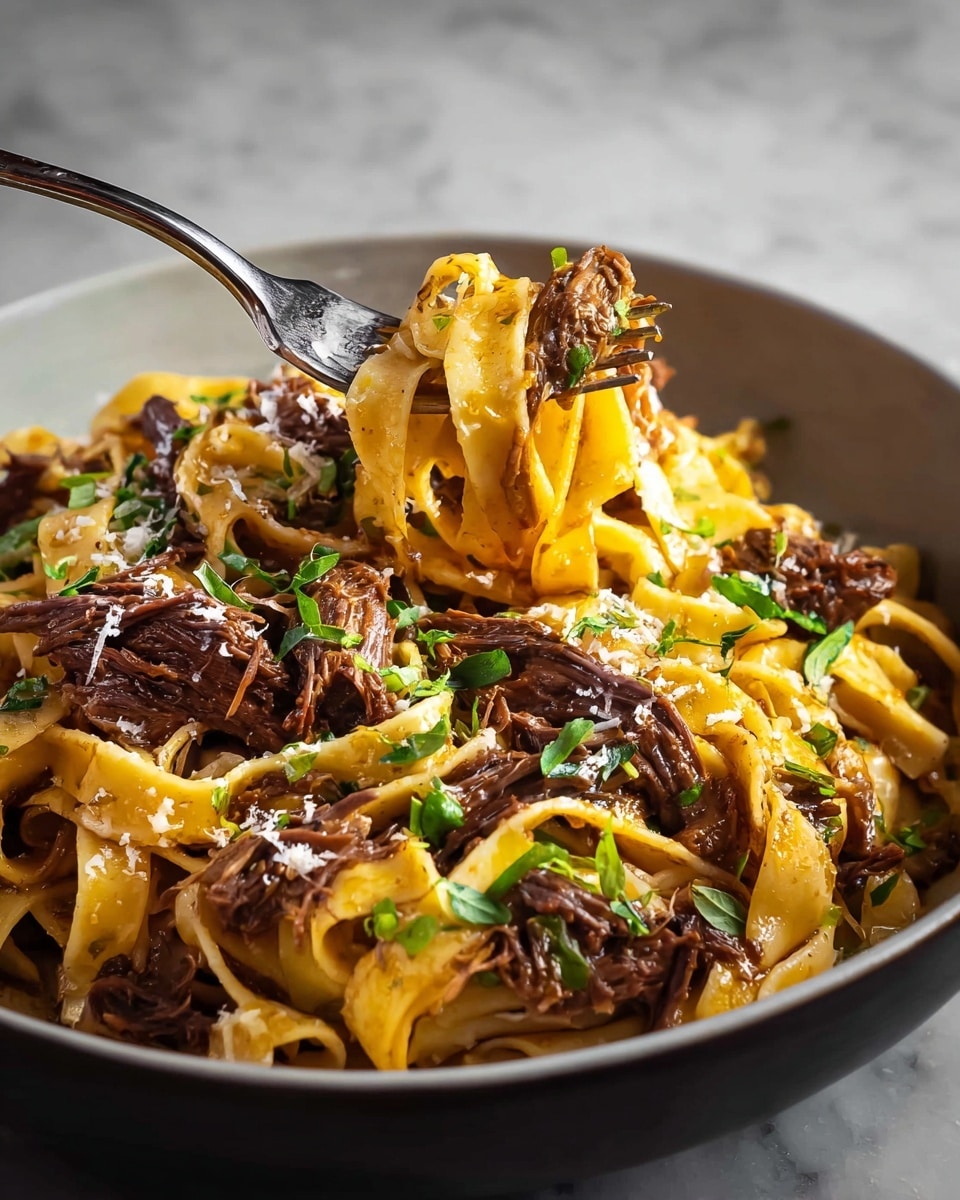
Garnishes
I usually top this ragu with freshly chopped parsley and a generous grating of Parmigiano Reggiano. The parsley adds a fresh herbal note that cuts through the richness, and the cheese brings that salty, nutty depth that makes every bite feel indulgent. Sometimes, I also add a drizzle of good-quality olive oil on top to give it extra silkiness.
Side Dishes
My go-to sides here are simple: a crisp green salad with a bright vinaigrette, crusty garlic bread for mopping up the sauce, and roasted seasonal vegetables like asparagus or Brussels sprouts. These provide a nice balance of texture and lightness alongside the hearty ragu.
Creative Ways to Present
For a dinner party, I like to serve this short rib ragu layered inside homemade lasagna or rolled up in fresh ravioli — it makes for an elegant twist. Another fun idea is plating the ragu over creamy polenta or even dolloped atop roasted sweet potatoes for a cozy, rustic vibe. It always gets rave reviews!
Make Ahead and Storage
Storing Leftovers
I usually store leftover short rib ragu in an airtight container in the fridge for up to 4 days. The flavors really meld and get richer overnight, so leftovers sometimes taste even better than the first day! Just make sure to cool it completely before refrigerating to keep the sauce fresh.
Freezing
This ragu freezes beautifully. I portion it out in freezer-safe containers or heavy-duty bags, and it will keep for up to 3 months. When I freeze it, I like to separate the meat and sauce slightly, so it thaws more evenly. Just thaw in the fridge overnight before reheating.
Reheating
Reheating is easiest on the stovetop over low heat, stirring often and adding a little splash of broth or water if it’s too thick. I avoid microwaving because the slow reheat helps keep the meat tender and the flavors blended. If you’re in a rush, a gentle microwave zap with a cover works okay—just be careful not to dry it out.
FAQs
-
Can I use bone-in short ribs instead of deboned?
Absolutely! Bone-in short ribs add a deeper flavor to the sauce. Just be sure to remove the bones carefully after cooking and before serving. It may take a bit longer to shred the meat around the bones, but the flavor payoff is worth it.
-
What pasta works best with Short Rib Ragu?
I recommend heartier, broader pasta shapes like pappardelle or tagliatelle because their wide ribbons hold the thick ragu sauce beautifully. Rigatoni and cavatelli also work if you prefer tube-shaped pasta. Avoid thin pastas like angel hair, as they get overwhelmed by the richness.
-
Can I make this recipe in a slow cooker?
Yes, you can! After searing the short ribs and sautéing the vegetables, transfer everything to your slow cooker. Cook on low for 6-8 hours or until the meat is tender and shreddable. Just remember to keep the tomato paste and wine deglazing step on the stovetop for best flavor.
-
How do I prevent the ragu from getting too watery?
Make sure to simmer with the lid slightly ajar so excess moisture can evaporate. If your sauce still seems thin after cooking, remove the lid and simmer gently until it thickens to your liking. Stir occasionally to prevent sticking or burning.
-
Can I prepare this ragu ahead of time?
Definitely! The ragu actually tastes better after resting in the fridge overnight, allowing the flavors to marry beautifully. Just reheat gently before serving and add fresh pasta or your preferred sides.
Final Thoughts
This Short Rib Ragu with Pasta Recipe is one of those dishes that fills your home with amazing aromas and brings everyone to the table with happy appetites. I love how it can be dressed up for special dinners or kept simple for a comforting weeknight meal. If you’re looking for a recipe that’s both impressive and approachable, you really can’t go wrong here. Give it a try, and I promise it’ll become a favorite in your rotation, just like it did for me and my family!
Print
Short Rib Ragu with Pasta Recipe
- Prep Time: 30 minutes
- Cook Time: 3 hours
- Total Time: 3 hours 30 minutes
- Yield: 6 servings
- Category: Main Course
- Method: Stovetop
- Cuisine: Italian
Description
This hearty Short Rib Ragu is a deeply flavorful Italian-inspired dish featuring tender, slow-simmered beef short ribs cooked in a rich tomato and red wine sauce. Perfectly paired with thick pasta like pappardelle or tagliatelle, this rustic ragu delivers melt-in-your-mouth meat and a complex, savory sauce enriched with aromatic herbs and a splash of vinegar to balance the flavors. Ideal for a comforting dinner or special occasion meal.
Ingredients
Meat
- 2 lbs Beef short ribs – Deboned, cut into 2″ (5cm) cubes
Vegetables and Aromatics
- 1 cup White onion – Finely diced
- 1/2 cup Celery – Finely diced
- 1/2 cup Carrot – Finely diced
- 4 Garlic cloves – Finely minced
Liquids & Sauces
- 2 tbsp Light olive oil (or vegetable or avocado oil)
- 1 cup Red wine
- 1 cup Broth – Beef or chicken
- 1 3/4 cup Crushed tomatoes (14 oz can)
- 2 tbsp Sherry or red wine vinegar
Seasonings & Herbs
- Kosher salt
- Fresh cracked pepper
- 2 tbsp Tomato paste
- Herb Bundle – Rosemary, thyme, parsley stems
- 2 Bay leaves
To Serve
- 1 lb Pasta – Tagliatelle or pappardelle
- Chopped parsley for garnish
- Grated Parmigiano Reggiano for garnish
Instructions
- Season and Sear Short Ribs: Generously season the short ribs with kosher salt on all sides. Heat 2 tablespoons of light olive oil in a large braiser or Dutch oven over medium-high heat. Add the short ribs in batches to avoid crowding and sear on all sides until well browned. Transfer to a plate and remove excess grease from the pot, leaving about 2 tablespoons.
- Sauté Vegetables: Add the finely diced onion, celery, carrot, and minced garlic to the same pot. Sauté over medium-high heat for 3-4 minutes until the onion softens.
- Add Tomato Paste and Seasoning: Stir in the tomato paste along with 1 teaspoon kosher salt and ½ teaspoon fresh cracked pepper. Cook for another 2-3 minutes to deepen the flavor.
- Deglaze the Pot: Pour in the red wine and use a wooden spoon to scrape up all the browned bits stuck to the bottom of the pot. This adds rich flavor to the sauce.
- Return Meat and Add Liquids & Herbs: Place the seared short ribs back into the pot. Add the broth, crushed tomatoes, herb bundle, and bay leaves. Stir gently to combine.
- Simmer Slowly: Bring the mixture to a low simmer, cover the pot with the lid slightly ajar to allow steam to escape, and cook for 2 to 2 ½ hours. Check occasionally and add broth or water if the sauce reduces too much. Lower heat if needed.
- Check Tenderness and Shred Meat: The ribs are done when fork tender and easily fall apart. If not tender after 2 ½ hours, continue cooking up to an additional 30 minutes. Remove bay leaves and herb bundle and discard. Shred the meat in the pot using tongs or forks, removing any bones and cartilage if used bone-in ribs.
- Finish the Sauce: Taste and adjust seasoning with kosher salt and pepper as needed. Stir in the sherry or red wine vinegar for brightness. If sauce is too thin, simmer uncovered for another 15-30 minutes to thicken.
- Cook Pasta and Serve: Prepare pasta according to package instructions. Plate the pasta topped with a generous serving of the ragu. Garnish with chopped parsley and grated Parmigiano Reggiano for a classic finish.
Notes
- See the blog post for step-by-step photos to guide you through the preparation.
- Deboned short ribs are preferred for convenience, but bone-in ribs add more depth of flavor.
- Stewing beef cubes can be used as a budget-friendly alternative to short ribs.
- This ragu is versatile and also works well with polenta, as ravioli filling, in lasagna, or even as a topping for roasted vegetables or hummus.
- Choose thick, hearty pasta shapes like pappardelle, tagliatelle, orecchiette, rigatoni, or cavatelli to hold the rich sauce effectively.
Nutrition
- Serving Size: 1 serving (approx. 1/6th of recipe with pasta)
- Calories: 650 kcal
- Sugar: 6 g
- Sodium: 650 mg
- Fat: 32 g
- Saturated Fat: 12 g
- Unsaturated Fat: 18 g
- Trans Fat: 0.5 g
- Carbohydrates: 45 g
- Fiber: 6 g
- Protein: 47 g
- Cholesterol: 120 mg

